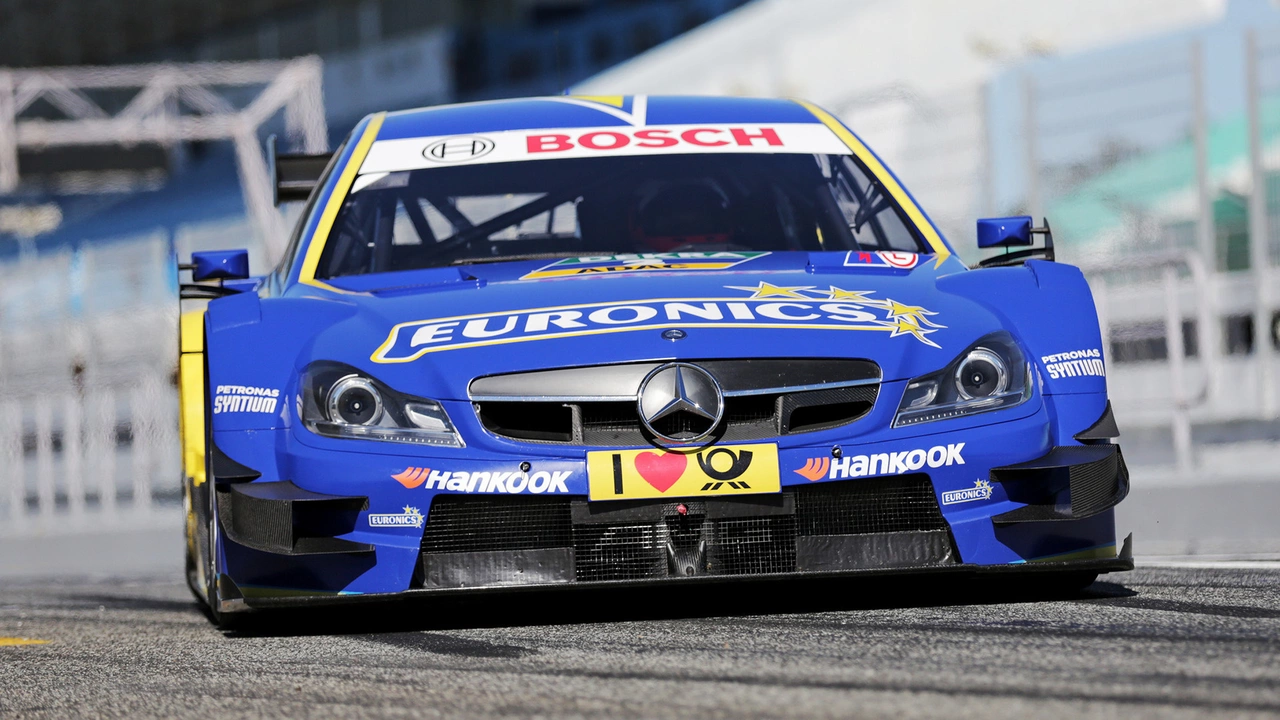Lower Classes Racing: How to Get Started, Save Money, and Have Fun
If you love speed but think the big leagues are out of reach, you’re not alone. The "lower classes" of motorsport cover everything from local club races to flat‑track events, and they’re built for people who want real action without a huge price tag. Below you’ll find down‑to‑earth advice on what counts as lower‑class racing, how to join a series, and ways to keep costs low.
What Counts as Lower Class Racing?
In the racing world, "lower classes" usually means any series that caps costs, limits modifications, or runs on smaller tracks. Think of club‑level autocross, grassroots drag, amateur road‑racing clubs, and flat‑track motorcycle events. These categories often use production‑based cars, standardized tires, and simple safety gear, so the playing field stays even. Because the rules are tight, you can compete on skill rather than deep pockets.
Flat‑track racing is a great example. It’s run on a flat oval dirt surface, and the bikes are often stock or lightly tuned. The focus is on rider balance and slide control, not on expensive aerodynamics. Similarly, amateur road‑racing clubs let you race a daily driver after a few safety upgrades – no need for a custom‑built race car.
Practical Steps to Join the Lower Classes
First, pick a discipline that fits your interests and location. Check local tracks, club websites, or community boards for upcoming events. Most clubs have a “Novice” or “Club” class that welcomes newcomers.
Second, get the right paperwork. You’ll need a racing license – often a simple online application plus a brief driving test. Some clubs also require a medical form. It’s quick, and once you have the license you can sign up for most events.Third, sort out the car or bike. For road‑racing, a reliable front‑engine, rear‑wheel‑drive car with a good suspension works well. You’ll need a roll cage, a racing harness, and fire‑retardant gear – the basics for safety. For flat‑track, a street‑legal dirt bike plus a helmet and goggles are enough to get you on the track.
Finally, attend a practice day. Most clubs hold “track days” where you can try the course, get feedback, and meet other racers. It’s the best way to learn the ropes without the pressure of a race.
Budget‑savvy racers often buy used cars, swap parts within the community, and share tools. Look for “spec” series that limit modifications – you’ll save a lot by following the rulebook. And don’t forget to check local sponsorships; small businesses love to support local talent and may cover a portion of your costs.
Whether you’re chasing the thrill of a 0‑60 sprint or the skill of sliding around a dirt oval, the lower classes give you a real taste of racing without a huge investment. Start small, stay safe, and enjoy the community vibes. The track is waiting – all you need is the right mindset and a willingness to learn.
What do racing drivers earn in lower classes like F3, DTM?
0 Comments
As a racing enthusiast, I delved into the earnings of drivers in lower tiers, such as F3 and DTM. I found that these drivers, while talented, don't earn as much as their F1 counterparts. Most F3 drivers, for instance, earn around $50,000 to $100,000 annually, while DTM drivers can make between $100,000 and $600,000. It's important to note, though, that these earnings are heavily influenced by sponsorship deals and performance bonuses. Despite the lower income, the passion and experience gained at this level are invaluable stepping stones to higher-tier racing.
Read More